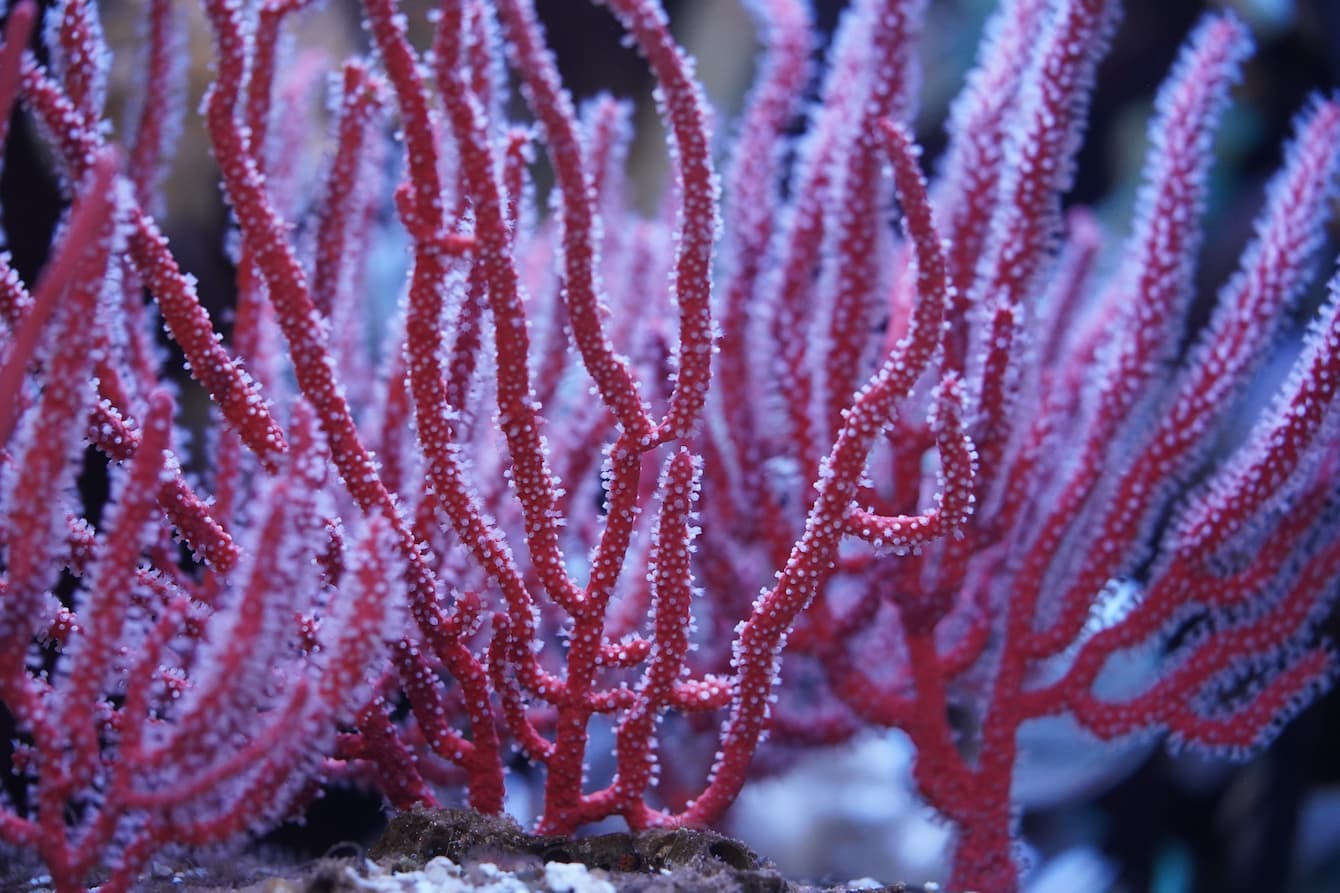- Overview of invertebrates at the Seattle Aquarium and their care requirements.
- The challenges and methods involved in invertebrate care, including physical exams and preventative medicine.
- Specific care practices for sea stars, urchins, and anemones.
- The role of conservation and public education in supporting marine invertebrates.
- Insights into the intersection of zoology, zoo management, and wildlife conservation for invertebrate species.
The Seattle Aquarium is a bustling hub of marine biodiversity, offering visitors an immersive experience into the fascinating world of aquatic life. One of its key attractions is the collection of invertebrates, which include sea stars, urchins, and anemones. These creatures, despite lacking backbones, play critical roles in marine ecosystems and provide unique challenges and opportunities in zoo management and wildlife conservation.
The aquarium is dedicated to the health and welfare of these animals, employing specialist knowledge and advanced care techniques. Invertebrates are often misunderstood as being "simpler" than other animals, yet they require sophisticated care strategies. This involves specific attention to environmental factors such as water quality, temperature, and light, balanced to mimic their natural habitats.
A pivotal aspect of invertebrate care at the Seattle Aquarium is their preventative medicine program. Preventative measures are essential for maintaining the health of these animals and minimizing the occurrence of diseases. Regular health assessments are conducted, which may include physical examinations adapted for different invertebrate species. While it might seem challenging, conducting a physical assessment on a coral involves carefully observing its growth patterns, coloration, and response to environmental stimuli. Similarly, checking the health of a sea urchin by examining its "teeth" involves assessing its mouthparts, known as Aristotle’s lantern, for structural integrity and function.
For sea stars, health evaluations can include tests for responsiveness, tissue texture, and examining any lesions or abnormal features. Sea star wasting syndrome, a particularly concerning condition caused by a virus, underscores the importance of these health examinations. This syndrome leads to the deterioration of sea stars and requires proactive measures for prevention and control. The aquarium’s veterinary team works diligently to monitor these animals closely, ensuring their well-being through careful observation and response to any early signs of distress.
Urchins present another set of challenges. These robust creatures are known for their spiny exteriors and graze primarily on algae. Their "teeth" or mouthparts require occasional inspection to ensure they are sharp and functioning well, given their role in the animal’s feeding. The health of sea urchins is reflected in their spine condition, mobility, and appetite. Aquarists routinely monitor these traits, supported by a tailored diet that provides the necessary nutrients to maintain vibrant health.
Anemones also require specific strategies to thrive in captivity. These dynamic creatures with their flowing tentacles rely on symbiotic relationships with algae to gather nutrients. Success in caring for anemones hinges on maintaining the optimal light spectrum and water parameters to support photosynthesis by these algal partners. Additionally, anemones are sensitive to water movement and quality, making filtration and circulation key elements in their care.
The Seattle Aquarium doesn’t just work behind the scenes on invertebrate welfare; it also plays a significant role in public education and conservation efforts. Through exhibits and educational programs, visitors are engaged with the importance of invertebrates in marine ecosystems. Educating the public about issues such as habitat loss, pollution, and climate change has a ripple effect, inspiring conservation actions beyond the walls of the aquarium.
Part of the mission is to illuminate the critical role these creatures play in ocean health and biodiversity. By raising awareness and encouraging actionable change, the Seattle Aquarium invests in a sustainable future for marine invertebrates and their ecosystems. Collaborative research partnerships and conservation projects further these goals, leveraging scientific insights to develop innovative solutions to the challenges facing marine wildlife.
Invertebrate care intersects the fields of zoology, zoo management, and wildlife conservation. The expertise required to maintain diverse species like sea stars, urchins, and anemones exemplifies the intersection of scientific knowledge, hands-on management, and conservation ethics. Professionals in this field continually adapt to new challenges and discoveries, underscoring the dynamic nature of marine biology and aquarium management.
In essence, the Seattle Aquarium provides more than just a window into the underwater world; it offers a comprehensive blend of education, research, and conservation efforts dedicated to the well-being of marine invertebrates. This commitment reflects a broader understanding of the intricate relationships within marine ecosystems and the crucial need for stewardship in preserving them for future generations.
*****
Source Description
Urchins, anemones and sea stars, oh my! ⭐
Invertebrates (animals without backbones) are found in every habitat at the Seattle Aquarium. And, like all animals entrusted to us, they need expert care to thrive. In fact, invertebrates take part in our preventative medicine program! 🩺
Although some invertebrates may seem like fairly simple animals on the surface, managing their care presents some interesting challenges. How do you complete a physical exam on corals, collect fluids from a sea star or check the teeth of urchin? You can read all about it on our website. 🔗


